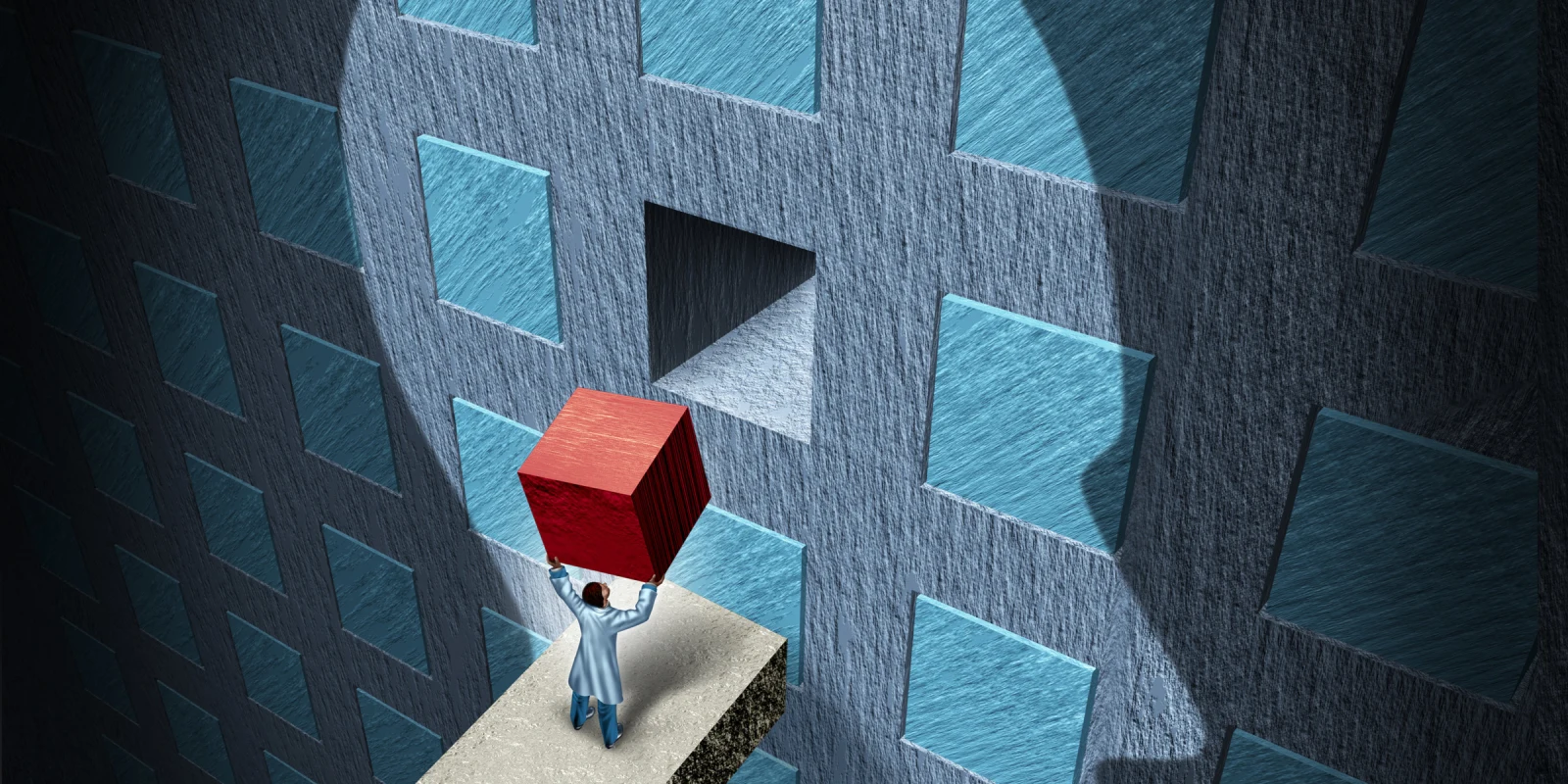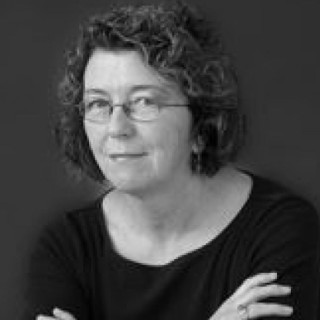I was sad to see the television series, "The Americans," come to an end. The show takes place during the Cold War and features two KGB agents who pose as a married American couple in Washington. They lead double lives and wear disguises. The wife hides her wigs and glasses behind the washer and dryer in the basement of their suburban home. Not even their children know their parents' true identities as Russian-born spies for the longest time.
As a doctor, I know something about anonymity. At the urban health center where I used to work, I rarely ran into my patients after my shifts. I worked in the poorest city in Massachusetts, but I lived in one of the most affluent — a peaceful coastal community on the North Shore of Boston. I liked it that way. I could run to the bank, the grocery store, or even the beach, without fear of running into one of my patients.
So, when I left that job to set up my own private practice in a nearby working-class city, I tried to keep my two lives — work and home, doctor and wife — as separate as those KGB moles. I worked hard to maintain my double identity. I bought a cell phone for work with a restricted number. On my office answering machine, I asked my patients to disable any call-blocking features on their devices before leaving me a message. That way, I’d be able to call them back without having my phone number permanently logged into their cell phone databases.
I try to keep my work and home life separated in other ways as well. When I’m on call, but out and about, and away from my computer, I log my patients’ phone calls into small spiral-bound notebooks I carry in my purse. Later, I record them into the EMR. But I’m also a writer. I keep other small spiral-bound notebooks for jotting down essay ideas and capturing snippets of dialogue to use in my stories. Soon, these two worlds bleed together, too. Sometimes I reach for the wrong notebook. So, “Jordan poked herself with a straw, and now she sees double,” sits alongside “write about childhood secrets. Who remembers the truth?” Scraps of paper often replace my notebooks in a pinch, my two lives similarly comingle on the page. “Milk, bread, coffee” forms a shopping list on one side of a discarded receipt. Bradley's CBC results adorn the other.
Over the years, my carefully constructed barricade has slowly disassembled itself. I can’t avoid bumping into the families I care for. My adolescent patient with an eating disorder waited on me at the local Italian bistro. One of my 5-year-old patients and her mom walk their dogs at the same park I walk mine. I let them take the lead in any ensuing conversation, recognizing that they may not want to have a conversation with their health care provider in the middle of their own work or leisure time. But mostly they do.
“Hi Dr. B,” my waitress-patient says shyly, leading me to my table.
The 5-year-old is less discreet. “Hey, that’s my doctor!” she bellows from the picnic tables as her mom and I exchange friendly waves.
I recently diagnosed a young patient with a Chiari malformation. I texted his father on the day of his surgery. I thought it would be an unobtrusive way to let the family know I was thinking of them while still respecting their privacy. Months later, the dad called me on my cell phone to set up an appointment for one of his other children, unaware that he hadn’t called the office. I waved off his apology and scheduled his kids for their check-ups.
I’m not sure what I was afraid of, trying to compartmentalize my roles so rigidly like that. We talk about work-life balance like they are two separate entities, our jobs on one side of a teeter-totter, home on the other. Maybe it doesn’t work that way. Life is complex, layered with work and family, hobbies and home, and everything in between. Perhaps it’s an illusion we indulge ourselves in thinking never the twain shall meet. Patients happily let me into their worlds when I do home visits on their newborns. Maybe it’s time I let them pierce the veil of my world, too. Maybe it’s time for the wigs and glasses to come off. (Surprise! I’m your doctor!) Maybe it’s time for me to stop pretending I’m a mole.
Carolyn Roy-Bornstein is a pediatrician, mother and writer whose work has appeared in The New York Times, The Boston Globe, the Journal of the American Medical Association and many other places. She is the author of Crash: A Mother, A Son, and the Journey from Grief to Gratitude and co-author, along with Amy Newmark, of Chicken Soup for the Soul: Recovering from Traumatic Brain Injuries . Her third book Want: A Memoir of Foster Care and Eating Disorder, Which is to Say, Love is about taking chances, making commitments and redefining love.
Read an alternative perspective here: The First Time a Patient’s Family Found My Cell Phone Number
Image: Lightspring / shutterstock







